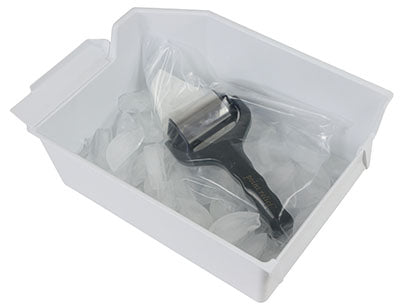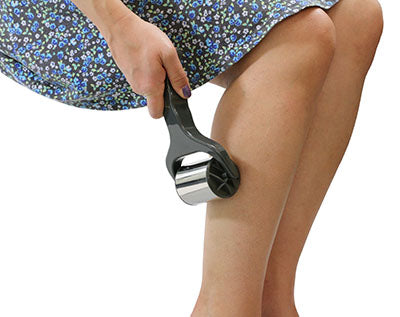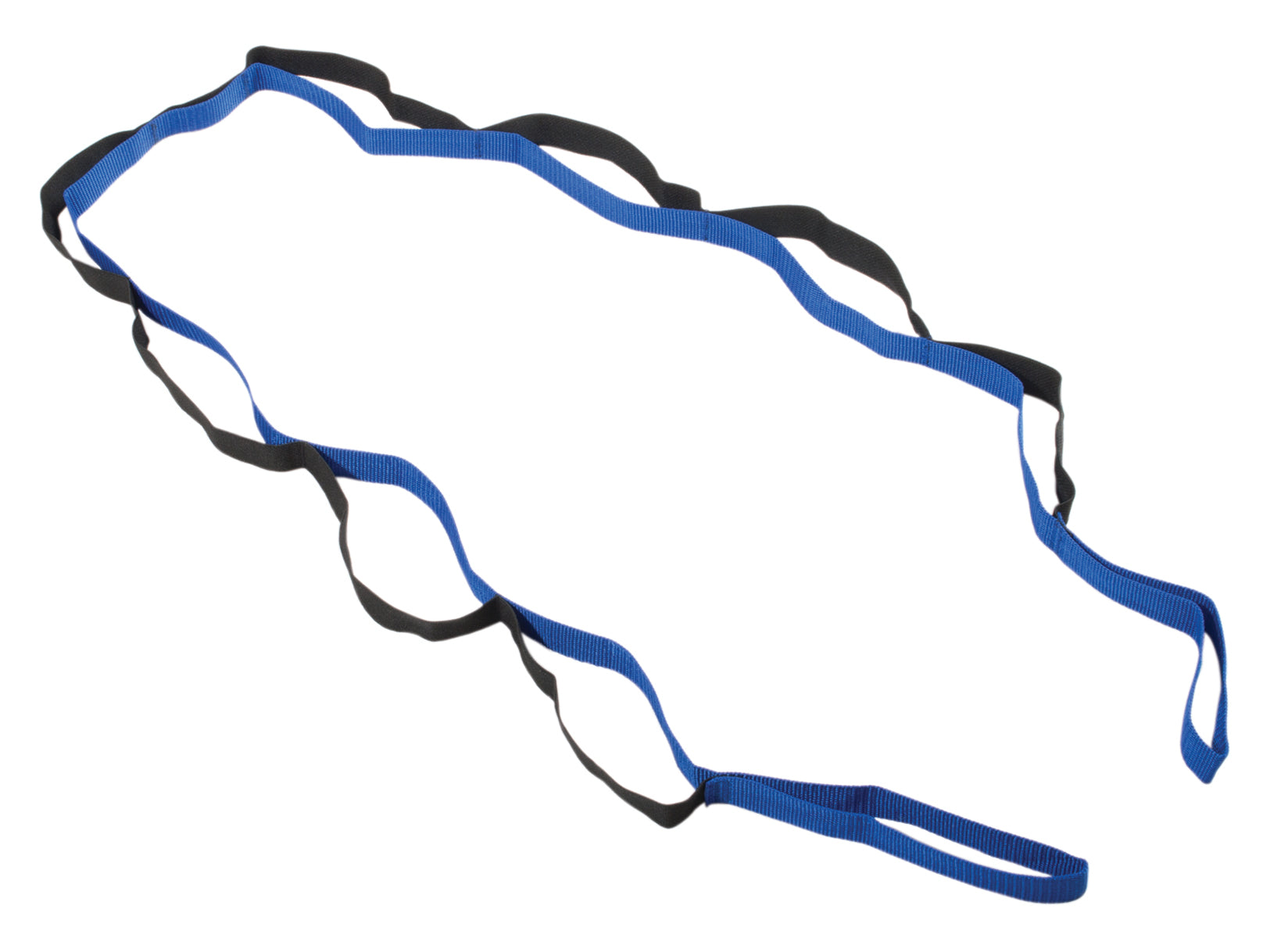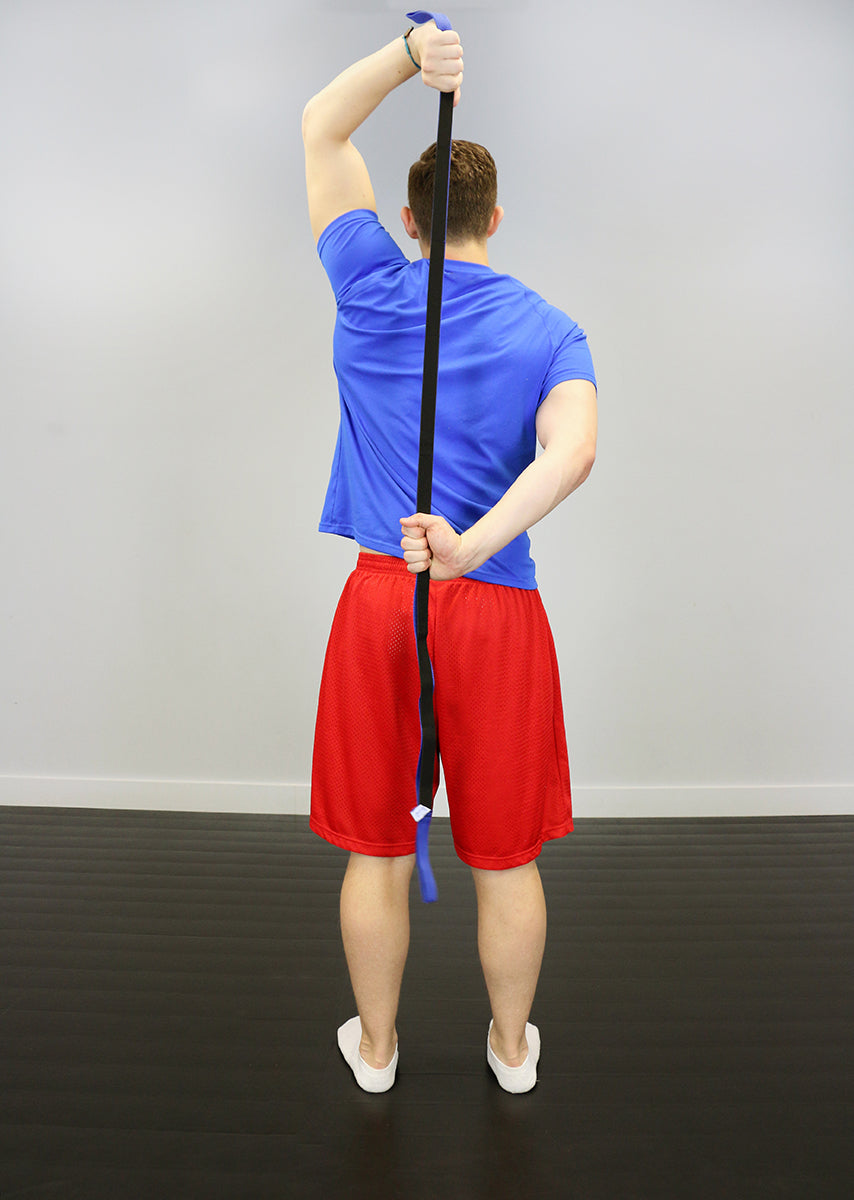**Disclaimer: I’m not a doctor and I’ve never played one on TV. My thoughts on this topic are simply from my personal experience and the experience of my clients and athletes. I'm currently dealing with a shoulder injury due to my poor arm bar escape technique, so this subject is fresh in my mind at the moment.
The focus of this article is to discuss what you do after you've sustained an injury. Are you going to be proactive and get better? Are you going to cower in the corner of the stall like Jim Carey in Dumb & Dumber? I vote for being proactive. Accept it, get your required rest and rehabilitation work going, work on your imbalances, and come back stronger and better than before.
Injuries occur for a variety of reasons and come in all shapes and sizes. They can range from a bump on the knee to severe sprains, fractures, and dislocations. Regardless of whether you’re a professional athlete, weekend warrior, or housewife, chances are you're going to get injured at some point.
Get over it
Being proactive means we've determined the severity of the injury and now it’s time to plan the best course of action. If warranted, rehabilitation work may be required. When it comes to rehabilitation and injuries, I've always said when in doubt, refer out. I think it's vital to have a solid network of rehabilitation specialists at your disposal—physical therapists, ART specialists, massage therapists, chiropractors, doctors, etc. The stronger your list, the better your chance for complete recovery. If you’re a trainer or coach reading this, you should have a network already in place so you can make recommendations for your clients and athletes. If you don’t, start researching today. A colleague of mine, Eric Cressey, said it well in his “
Proactive Patient”article: “It's better to know who you're going to contact when you get injured than it is to scramble to find someone on a moment's notice when you're already in pain.”
Personally, I always try to learn from my injuries. If I have a muscle imbalance or mobility issue, I will really try to focus on that in my training to help fix the problem. I like to know why I got hurt and then work to correct the issue so it doesn’t happen again. Mr. Einstein said it best when he said, “Insanity: doing the same thing over and over again and expecting different results.”
What do I do now? Continue to improve...

Just because you have an injury doesn't mean you get a free pass from training. Of course, this depends on the nature and severity of the injury. Sadly, the calories we consume during an injury still count so we need to keep moving. These setbacks just require us to get a little more creative with our training.
Two alternatives to consider are the use of machines and expanding your programming. Even though I’m not a huge fan of training with machines, this may be a time when it’s OK, at least until the injury is healed. This is also a great time to focus on those aspects of a complete program that we tend to rush through such as our flexibility exercises and joint mobility work. If you have a lower body injury, you can continue with your upper body training. Incorporate your lower body rehabilitation movements and spend some extra time on those mobility and flexibility exercises that will help to prevent the injury from reoccurring.
Personal experience
My rundown from this past year includes three injuries—an oblique strain, plantar fasciitis, and a labral tear.
Oblique strain: This injury occurred during a grappling session. I figured my lower body movements would be unaffected and I could still focus on my upper body pushes and pulls. I was proven wrong when my first attempt at a pull-up resulted in me on the floor writhing in pain. As soon as I began to pull my body toward the bar, I felt a searing pain in my oblique muscle. Pull-ups are already my favorite upper body exercise. However, this drove the thought home even more. It incorporates so many muscles that you wouldn’t think of.
Ironically, it wasn’t too long after this incident that I read a great article by Bret Contreras titled, “
Inside the Muscles—Best Ab Exercises.” Bret showed us that your abdominal muscles play a major role in performing pull-ups. The take away from this painful lesson is that pull-ups are a great “core” and “ab” exercise. I love to tell my clients that we're going to train abs today and then I walk them over to the pull-up bar.
Plantar fasciitis: This is an issue I’ve dealt with on a couple occasions now. Years ago, it was simply improper programming on my part while training for my first half-marathon. This past year, however, I've discovered that it has occurred due to an old ankle injury I sustained back in high school. At the time of my symptoms, my right ankle range of motion was literally 50 percent of my left. Since then I have incorporated ankle mobility exercises, daily calf stretches, and lower leg foam rolling. That discrepancy is improving. The take away lesson is that I need to work on my lower body mobility every day. My lack of ankle dorsi-flexion and extreme calf tightness are keeping me from running, which is something I really enjoy.
Labral tear: This was the injury I prefaced at the beginning of the article. I’m an amateur grappler (emphasis on amateur), and I attempted to pull my arm out before my opponent locked me in an arm bar position. Needless to say, I shouldn’t have pulled. He had it locked in solid, and I've had shoulder pain ever since.
After a couple days of rest and ice, I saw a sports chiropractor and a DPT, who both determined it was a probable labral tear. I realized bench pressing and any overhead work were out. I began with two weeks of ART, physical therapy, and laser therapy. Next, I focused a lot more on training the small, intrinsic muscles of my shoulders. External rotation work, Y’s, T’s, W’s, scapular retraction, lower trap recruitment, and rotator cuff stabilization movements were now first and foremost in my routine. While I’m not at 100 percent, I feel like I’m getting better every day and this injury will be a blessing in disguise as my overall shoulder health will be greatly improved.
Final thoughts
I listed these three injuries as examples to help make my point. An injury is not an excuse to keep you from training. Just be smart and have that strong referral network at your disposal. We are at our best when we're moving! So listen to your body, fix what needs to be fixed, and continue to get better every day.




































































